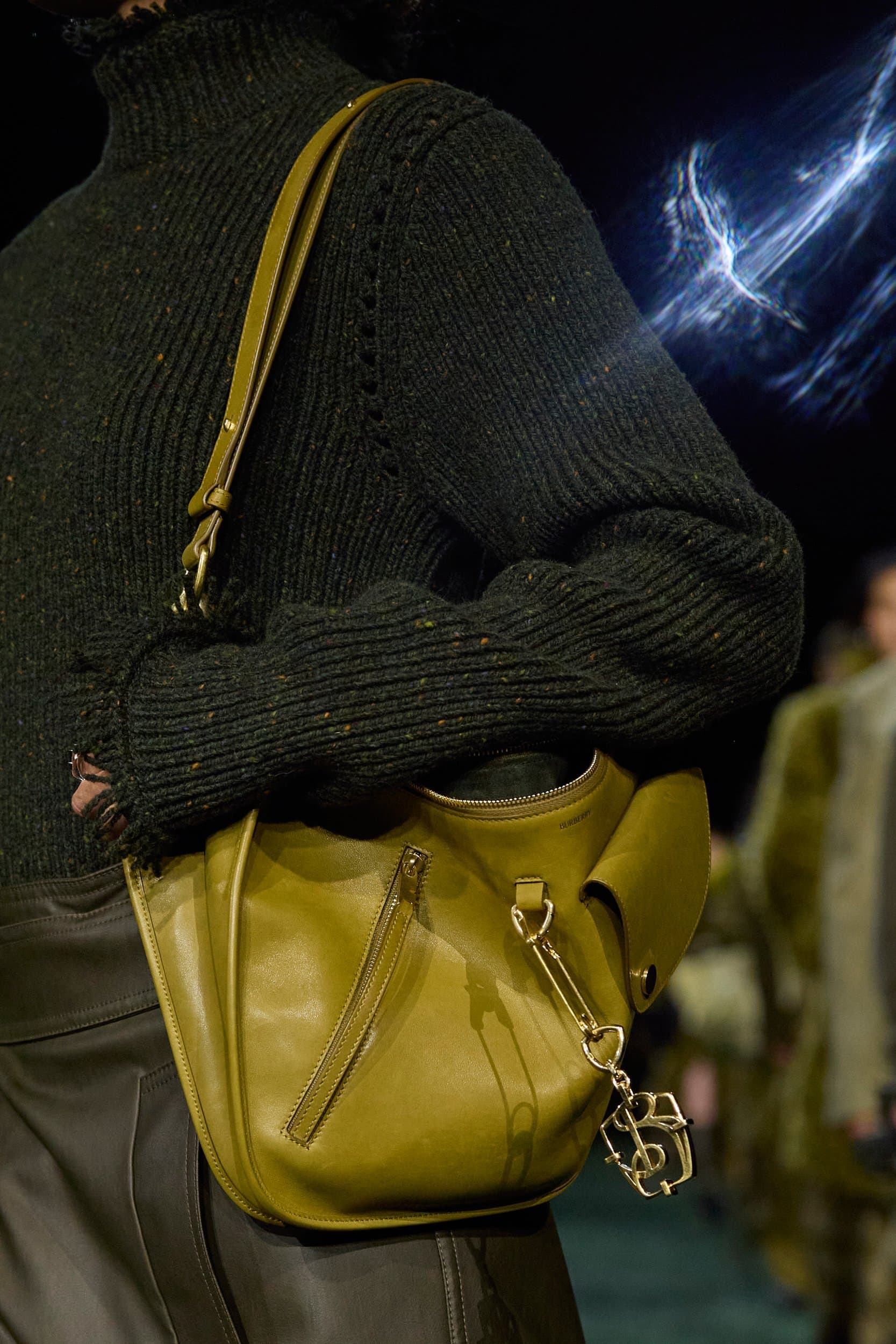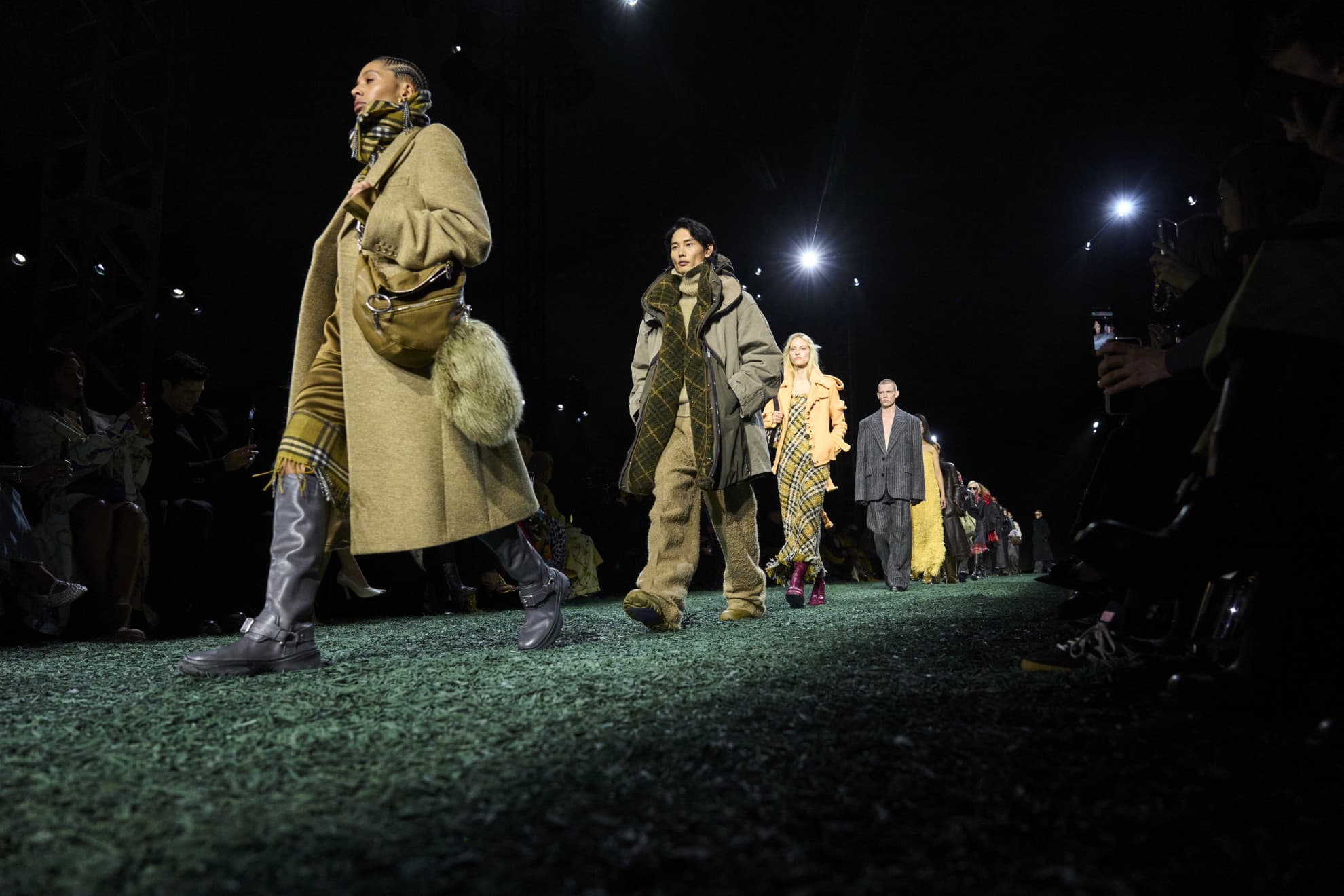Lower Demand In China And The U.S. Impacts Burberry’s Financial Performance
Burberry’s sales and profits fell in fiscal 2024 due to decreased luxury goods demand in key markets like China and the U.S. The company reported a 4 percent revenue decline to 2.97 billion pounds and a 34 percent drop in adjusted operating profit to 418 million pounds.
At constant exchange rates, revenue remained flat, and adjusted operating profit decreased by 25 percent. The operating profit of 418 million pounds was at the lower end of Burberry’s earlier downgraded range. The news led to a 4 percent drop in the share price to 11.41 pounds at 10:30 a.m. BST.

The fourth quarter ending March 30 saw comparable store sales in mainland China drop by 19 percent, with overall sales from the Chinese consumer group falling 12 percent. In the Americas, comparable store sales decreased by 12 percent for both the year and the fourth quarter. Burberry noted a “relatively broad-based decline” across its local customer base.
The EMEIA region, including Europe, experienced strong tourist growth, with a 4 percent increase in comparable store sales for the full year despite a 3 percent decline in the fourth quarter.
Burberry’s CEO, Jonathan Akeroyd, acknowledged the challenges of executing the company’s strategies amid slowing demand. “While our full-year financial results underperformed our original expectations, we have made good progress refocusing our brand image, evolving our product, and strengthening distribution while delivering operational improvements,” Akeroyd said. He added, “We are using what we have learned over the past year to fine-tune our approach, while adapting to the external environment. We remain confident in our strategy to realize Burberry’s potential.”

Burberry expects the first half of the year to remain “challenging,” with improvements anticipated in the second half. Wholesale revenue is projected to decline by about 25 percent in the first half as the company tightens control over distribution.
During a Wednesday morning call, Akeroyd described April, the first month of the new fiscal year, as challenging but expressed confidence in Burberry’s new and core products to attract customers. “We are setting ourselves up for future growth,” Akeroyd said. He also mentioned that more than 50 percent of stores have been refurbished and highlighted a significant push in accessories, with campaigns for the Knight and the Rocking Horse handbag families to be released soon.
In its results statement, Burberry emphasized the importance of balancing investment in consumer-facing areas with “disciplined cost control” to support growth ambitions. The company anticipates a currency headwind of approximately 30 million pounds to revenue and 20 million pounds to adjusted operating profit in fiscal 2025.

Burberry is not the only luxury brand facing a downturn. In January, the company warned that adjusted operating profit would fall between 410 million pounds and 460 million pounds due to the challenging macroeconomic environment. Last November, Burberry had already indicated that its profit would be impacted by the slowdown in demand, and the situation worsened in subsequent weeks.
Last month, Kering, another major player in the fashion industry, projected a 40 to 45 percent decline in operating profit for the first half of the year due to falling sales at its flagship brand Gucci, which is currently undergoing a revamp under CEO Jean-François Palus, deputy CEO Stefano Cantino, and creative director Sabato De Sarno.
